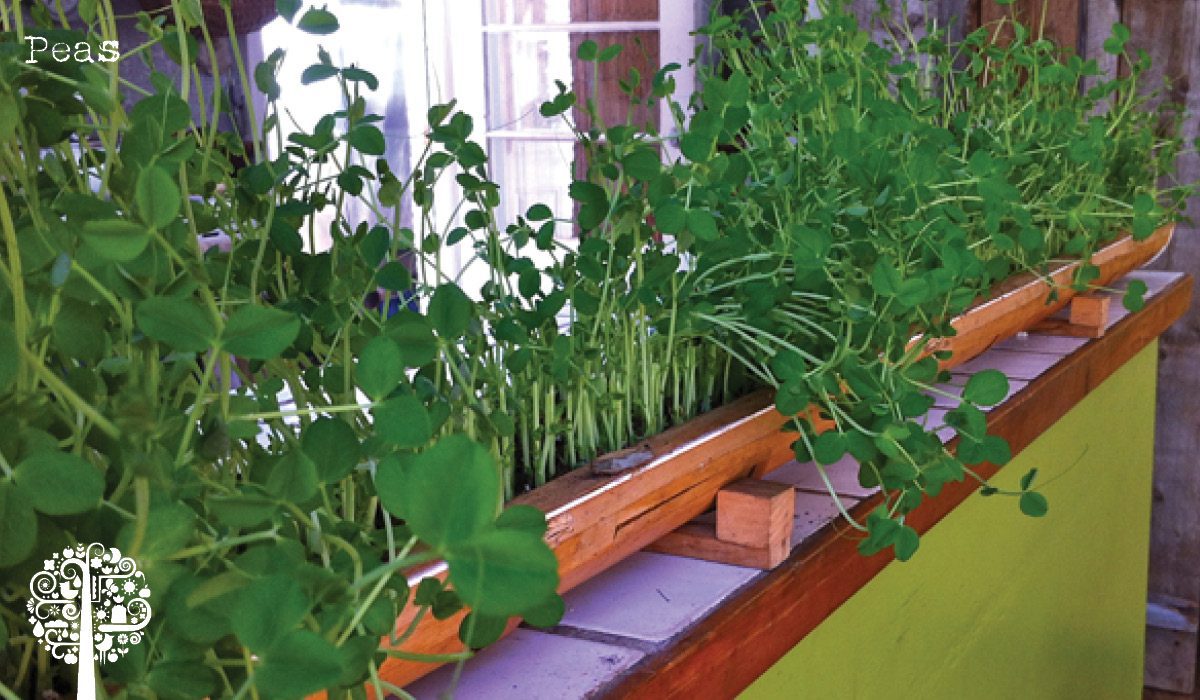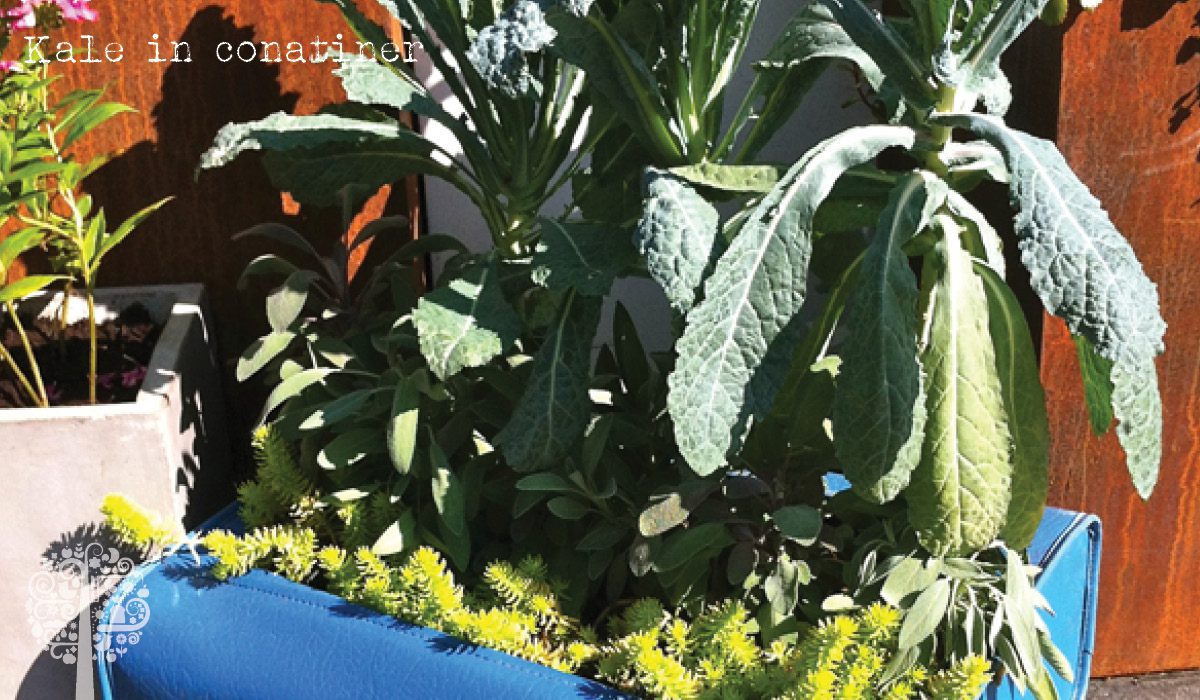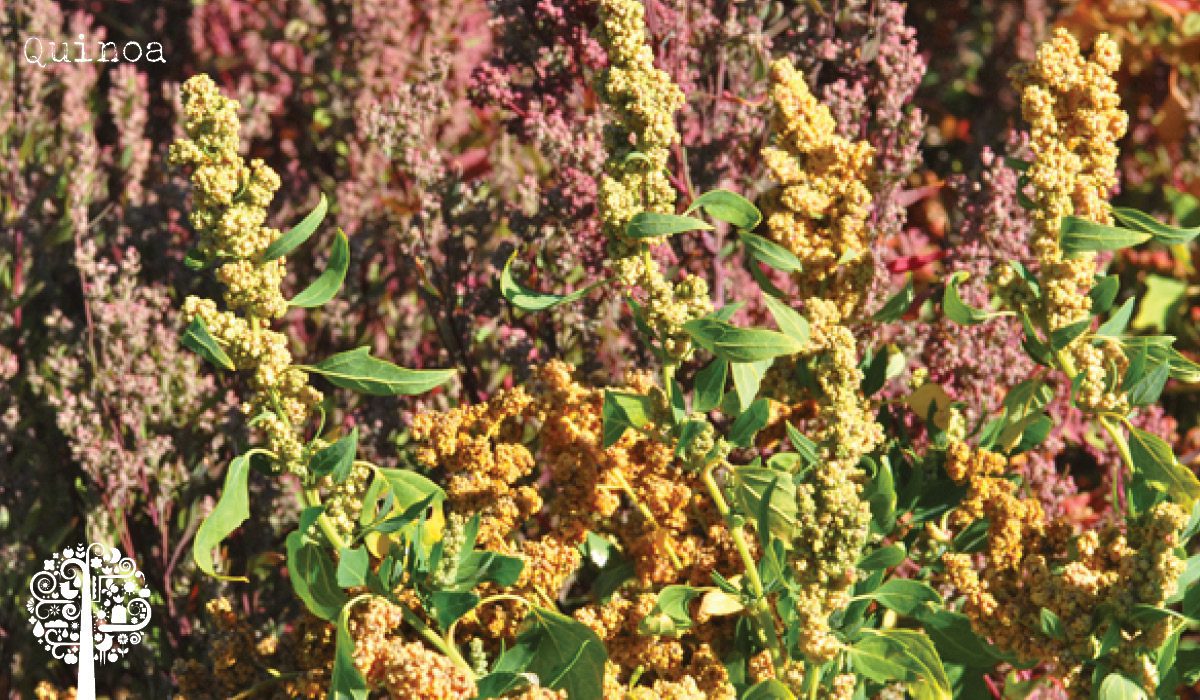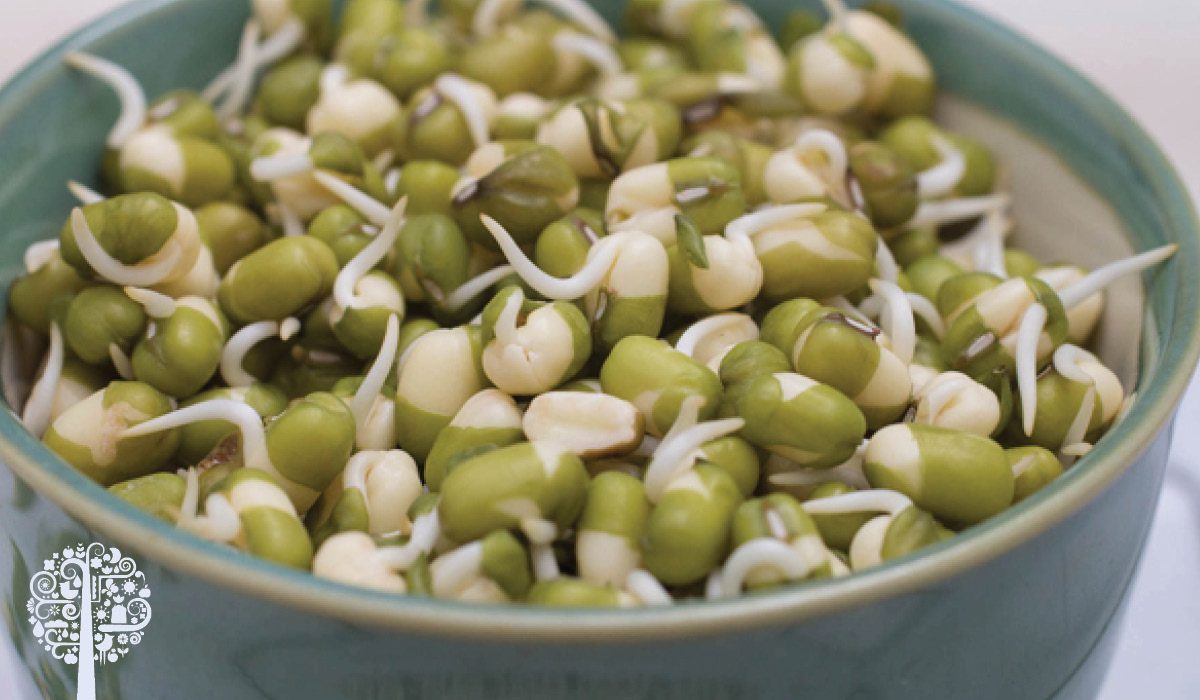A flexitarian is someone who limits his consumption of meat, but who is not exclusively vegetarian. The flexitarian diet can be practised in a variety of ways: some people do not eat meat every meal or regularly choose to make an entire day meatless, while others are vegetarians most of the time, but occasionally eat meat.

About a third of North Americans avoid eating meat at least a day a week. Elsewhere in the world, a 2015 survey found that 56% of French people claimed to eat less meat than they did before, whereas only 3% said they had increased their meat consumption.

Just like vegetarians, most flexitarians want animals to be treated better and have many environmental concerns, especially when it comes to climate change. Others impose dietary constraints for a variety of economic, health or social reasons.
One of the challenges of flexitarianism is to maintain sufficient daily intake of protein. Here are some protein-rich plants that you can grow at home:
- Broccoli
- Edamame (soy)
- Spinach
- Bean
- Kale
- Corn
- Parsley
- Peas
- Quinoa
- Sunflower
These protein-rich plants can be easily grown outdoors in containers, either on a terrace or balcony. Keep in mind that larger vegetable crops, such as corn and sunflower, grow better and produce higher yields if grown directly in the ground with a fair amount of compost.
During the winter in northern parts of North America and Europe, it is imperative to grow these edible plants indoors, ideally under artificial lighting. Seeds can simply be placed in pots or a plastic tray filled with moist potting soil. The seeds are then covered with some substrate and a translucent dome can be placed on the pots or tray to maintain maximum moisture.

Although it is usually the seeds that have the highest protein content, young shoots of broccoli, spinach, kale, parsley and peas can also provide large amounts. You can also eat the leaves of beans, quinoa and soy. These plants will be ready to be eaten about two to three weeks after sowing when their leaves are well developed. Sunflowers and corn can also be grown using this technique, but only their foliage will be ready to eat.
Sprouts And Microgreens In Your Kitchen
Sprouts and microgreens are more popular than ever, particularly among millennials. They can be used in salads, sandwiches, spring rolls, sushi and even smoothies!
Here is how to grow your own sprouts and microgreens:
Sprouts

Growing sprouts is simply a matter of sprouting seeds and consuming them when rootlets begin to grow, usually within 2 to 7 days. In addition to promoting the elimination of certain substances that impede digestion, sprouting increases the number of nutrients available.
5 Steps To Growing Sprouts:
- Rinse the seeds and soak them in warm water for a few hours.
- Empty the water, rinse the seeds and place them at the bottom of a 500 ml Mason jar. Do not put more seeds than it takes to cover the bottom of the jar.
- Cover the opening of the jar with a piece of cheesecloth held in place with an elastic band.
- Place the jar upside down in a bowl at an angle so that air can circulate. You can put the jar in a dimly lit place in your kitchen, as light is not needed for germination of most seeds.
- Rinse the seeds once or twice daily until small white rootlets are visible, indicating that they are ready to eat.
Microgreens
Microgreens are usually crunchier and tastier than sprouts. They are typically harvested a little later than sprouts, about 7 to 21 days after sowing. Microgreens are harvested when the first two leaves – which are actually cotyledons used to feed the plant before the growth of true leaves – are well developed. You can also wait for true leaves to come out before harvesting.
5 Steps To Growing Microgreens:
- Put about 2” of moist potting soil in a reclaimed plastic tray (the kind used for salad and other greens in supermarkets).
- Lightly press the potting soil and sprinkle the seeds.
- Cover the seeds with a little substrate and close the lid or place a translucent dome on the tray to maintain maximum moisture.
- If the majority of seeds do not need light to germinate, once the stems are out, it is necessary to expose them to the light coming from a south-facing window or from an artificial lighting system.
- Do not forget to add some water if the substrate is dry; if condensation forms, be sure to open the dome for a few minutes.
All images are courtesy of Albert Mondor.
